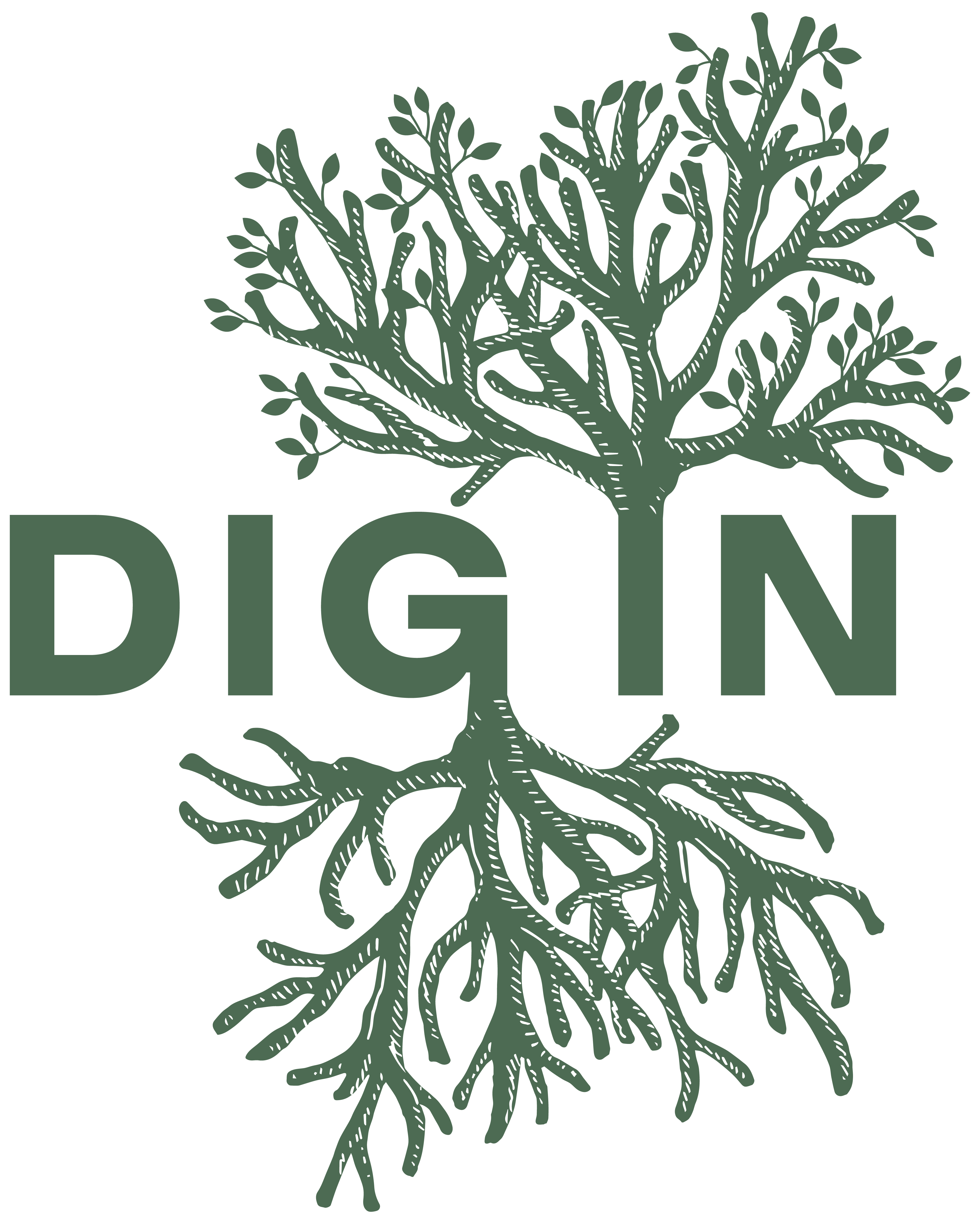It is not possible to know what’s possible.
And because this is true, we are free. We are free to act assuming that our actions—no matter how small— could trigger the tipping point and set off tectonic shifts of consciousness and creativity.
In this spirit of bold humility, I ask us to pay attention.
—Frances Moore Lappé
We’re all tied to the power of story and myth. In our culture, in our workplaces and communities, and in our own lives, there are stories we tell ourselves over and over again, there are myths that we’ve chosen to live by, whether they’ve been handed down to us, imposed upon us, or we’ve woven them ourselves. I’ve been curious about the emergent or hidden stories that we don’t hear very much.
This was recently reinforced at the 17th Goldman Environmental Prize ceremonies, honoring six people from around the world weaving a new and largely untold and uncelebrated story. Many of us are involved in creating these new stories, but rarely do we take the time to appreciate the power that this has to buoy us in our work. Cultures around the world have honored story and myth for millennia as a way of making meaning and understanding our roles and relationships. The default story of our culture was powerfully illustrated by legendary environmentalist David Brower over three decades ago, when he compared the creation story of the six days of Biblical Genesis to the scale of the billions of years of Earth’s evolution. Commenting on the fact that the Industrial Revolution began at only 1/40th of a second before midnight on the final day of Genesis on this scale, Brower pronounced: “We are surrounded with people who think that what we have been doing for that one-fortieth of a second can go on indefinitely. They are considered normal, but they are stark, raving mad.”
This might bring our current story into stark relief against a very different theme, along with all of the economic, political and social arrangements which allow the existence of the modernity myth. In weaving a new story, what is the relationship that we build with the story that exists? How do we react to it, and transform our relationship to it? Buddhist monk Ajahn Brahm, in his book “Who Ordered This Truckload of Dung?” humorously comments on a serious issue: how do we react when we find a metaphorical pile of manure dropped at our doorstep—at work, at home, in the world? Do we carry it around, or do we use it to dig garden beds and provide fertility for those beautiful flowers and nourishing vegetables which are still germinating?
We certainly have a long way to go until those flowers bloom, but there’s plenty of manure in the world to feed the emerging stories and myths of a more sustainable society. In the Myth of Sisyphus, Camus uses the ancient Greek myth of Sisyphus pushing a stone eternally uphill only to see it roll down again as an example of how humanity “persists in lucid awareness of the absurd.” But he also illustrates a poetic and transformative moment that we all are able to experience: in that space just after the stone rolls to the bottom of the hill, Sisyphus looks out on the landscape and takes in a beautiful vista from the mountaintop before heading down and beginning the hard work again.
It is in these moments that we see the bigger picture, the opportunity for connectedness and synthesis with other valuable efforts, and the possibility of a new story—or stories—being told.

